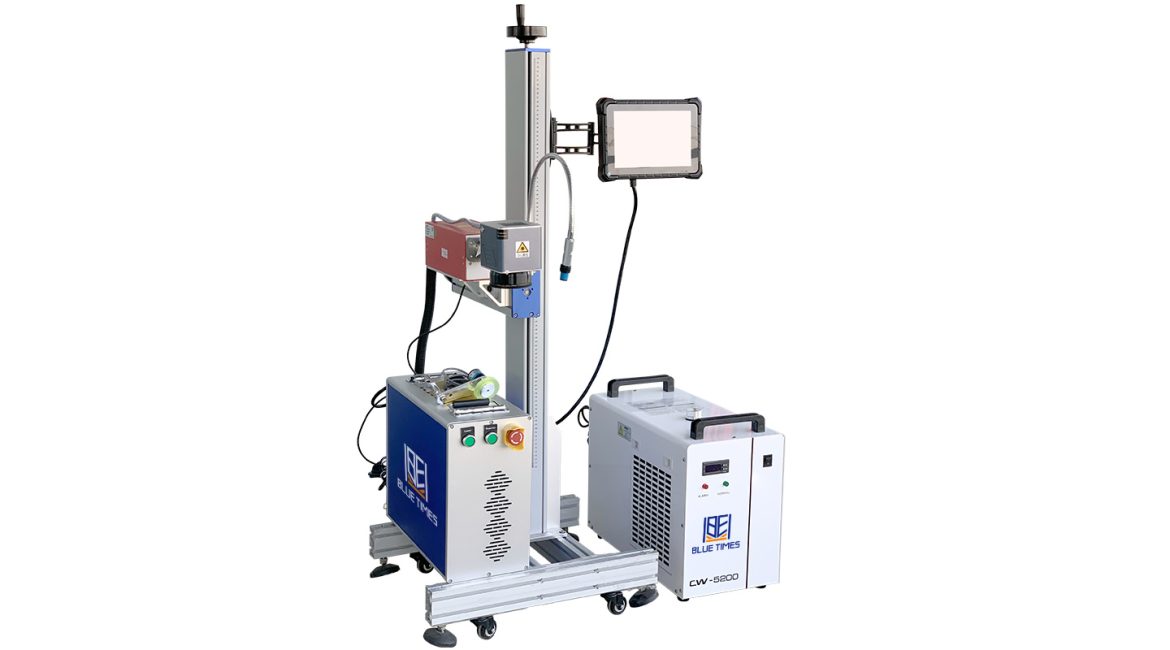An ultraviolet laser is a type of laser device that emits ultraviolet light with a wavelength of 355nm. Ultraviolet lasers are characterized by their small spot size, narrow pulse width, multiple wavelengths, high speed, good penetration, low heat generation, high output energy, high peak power, and excellent material absorption. Due to the minimal damage it inflicts on materials, the ultraviolet laser is often referred to as a “cold processing” technology, acting as a “cold light source”.
Compared to traditional CO2 lasers and fiber lasers, ultraviolet lasers are better suited for meeting the precision processing requirements of most industrial applications. Thanks to its superior performance, the solid-state ultraviolet laser has been widely adopted across various industries, establishing itself as a mainstream industrial-grade laser.
Essential Components of a Laser:
Every laser, including the ultraviolet laser, must have three fundamental components: a pump source, a gain medium (or working substance), and an optical resonator (or optical cavity). In the case of solid-state ultraviolet lasers, the gain medium is a solid-state laser material.
1.Pump Source: The pump source provides energy to the gain medium, exciting atoms from a lower energy level to a higher energy level. Common types of pump sources include optical energy, thermal energy, electrical energy, and chemical energy.
2.Gain Medium (Working Substance): This is the core of the laser. Only materials capable of energy level transitions can serve as the gain medium. Under the influence of the pump source, the particles in the gain medium undergo population inversion, becoming an active medium that amplifies light. This is crucial for the operation of an ultraviolet laser.
3.Optical Resonator (Optical Cavity): The optical resonator enables continuous stimulated emission within the gain medium, constantly accelerating photons and defining the direction of the laser output. Light amplified by the gain medium is partially fed back into the resonant cavity to participate in the excitation process, causing oscillations within the cavity. When certain conditions are met, a laser beam – in this case, an ultraviolet laser beam – is generated.

